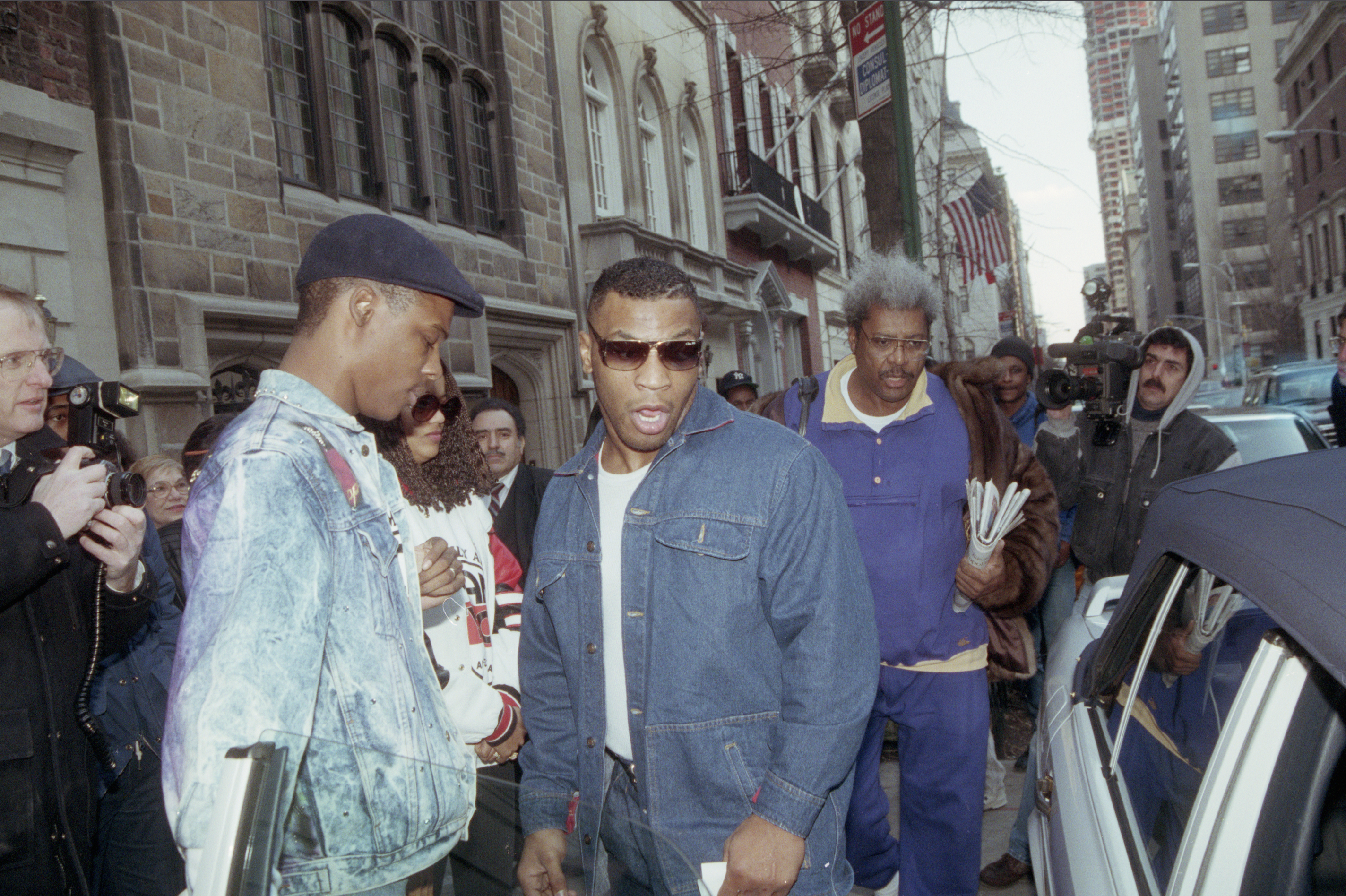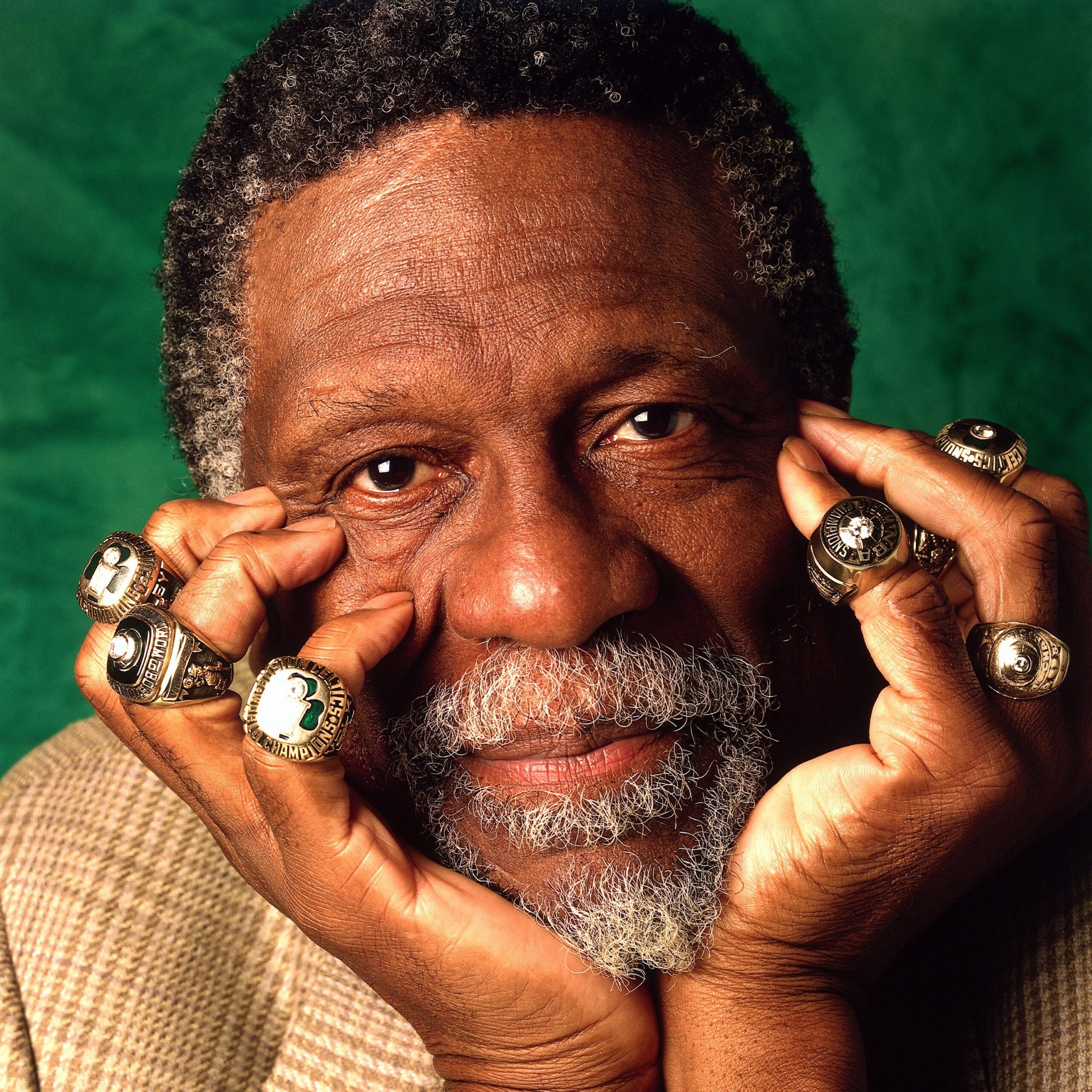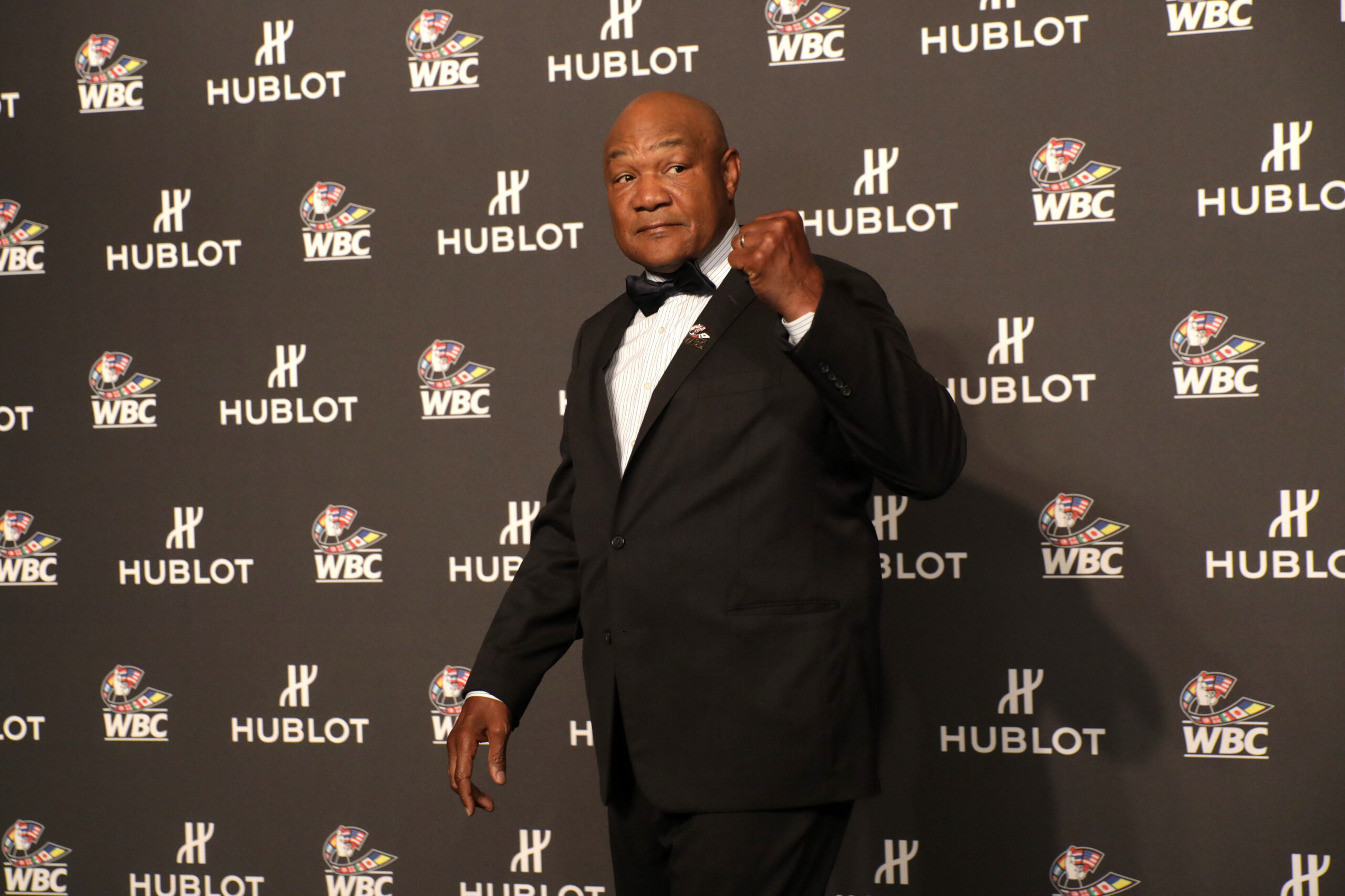Fifty years ago, on February 16, 1968, Americans witnessed the power that Black athletes working in solidarity wielded.
In the midst of the revolt of the Black athlete, a Black athletic revolution highlighted by Muhammad Ali’s refusal to be inducted into the military, and talks of the potential boycott of the 1968 Olympic Games in Mexico City, Black athletes across the country had started to articulate a new attitude about sports.
October 16, 1968 – U.S. Olympic Sprinters Protest Racial Inequality
The 1968 Olympic Games in Mexico City may be most remembered not for an athletic accomplishment, but for a silent act of protest. On October 16 of that year, two African American sprinters who placed first and third in the 200-meter dash – Tommie Smith and John Carlos – used their medal ceremony to make a statement.
They were no longer content with just having a chance to compete. They grew tired of the lie that people like superstar Jesse Owens told in these tense moments. The falsehood that Black Americans have been able to bridge the gap of misunderstanding more in athletics than anywhere else.
What Owens labeled as misunderstandings, the new younger athletes called racism. These athletes wanted their athleticism to mean something beyond their own individual glory. This all came to a head at the New York Athletic Clubs annual indoor track meet, where the NYACs membership policy prohibited Puerto Rican, Black and Jewish members.
In the past, Black athletes ignored this policy, believing that they had to compete or lose their careers. If their coach told them to run, they had to run. Without an activist movement giving them cover, Black athletes had few choices. Only sprinter Eddie Conwell consistently boycotted the event. But in this new moment of athlete activism, in the midst of a Black Power movement, athletes saw the NYAC bigotry for what it was; a sign they could entertain, but they could not have a seat at the table.
In other words, whites had no use for the Black athlete outside of athletic fetes. Or, as Fox News host Laura Ingraham recently told LeBron James, shut up and dribble.
The elite Black track and field athlete stood as the greatest paradox in American sports. As Olympians, they were the face of the Games and represented the nation with U.S.A. across their chest, but too often came home as second-class citizens. They lived in a country that liked to project a global image as a beacon of democracy, but turned their backs on Black lives. And Black track athletes understood this reality all too well.
After Wilma Rudolph won three gold medals at the 1960 Games, she told a Black reporter, Its going to all but kill me to have to go back home and face being denied this, that, and the other, because Im a Black American.
Wilma Rudolph’s Incredible Career | Olympic Records
A look back at the career of Wilma Rudolph and her remarkable gold medal haul in the 1960 Rome Games as part of our Olympic Records series.
And when Black writer L.I. Brockenbury watched Rudolph on the Olympic podium from his T.V., with the National Anthem blaring from the tube, he called out Americas great paradox, proclaiming, Here is a girl who might be jailed if she were to try to eat at a lunch counter in her home town and if she went down to register for voting they would probably try to starve her and all the members of her family. He then asked his Black readers, How is it that our athletes can represent the United States before the world and then have to come home to be treated like dogs?
Brockenbury was right. Three years later, Rudolph was arrested in her hometown for protesting a Jim Crow restaurant.
Every now and then, however, Black athletes used track meets to push back and raise the consciousness of America to see these injustices. In 1946, for example, the leading Black track athletes planned to boycott the AAU championships in San Antonio because of Jim Crow conditions in the city. When white officials in San Antonio learned the seriousness of this boycott, they promised that the Black athletes would not have to stay or eat in segregated conditions.
Fifteen years later, in 1961, all the Black track and field athletes scheduled to participate in the Houston Relays, including stars Ralph Boston and John Thomas, boycotted the event because the stadium had Jim Crow seating. The following year, they integrated the stadium. In both these instances, however, an activist Black sporting press pushed these athletes to activate their activism. These Black writers understood the power the Black athlete had by teaming up with the Black press to dramatize the need to end Jim Crow.
But, 1968 felt different. By then, congress had passed the Civil Rights Act and the Voting Rights Act, but Black athletes were still treated as second-class citizens. This time, led by Tommie Smith and Lee Evans, Black athletes took charge. They did not need the press to push them to revolt. What started as a trickle in early January with the Olympic Project for Human Rights (OPHR) leading the way, grew to become the largest Black athletic boycott.
In total, more than 100 Black athletes boycotted the NYAC meet, including headlining athletes like John Carlos, Tommie Smith, Lee Evans, and even Americas darling, O.J. Simpson. Summing up his activism, hurdler Russ Rogers reasoned, Why should we help them have a successful meet if they have no use for use before or after the meet?
The boycotters also included HBCUs. At Morgan State, professors publicly supported their athletes decision to boycott and wrote a resolution that no Morgan State athletes could participate in the meet until the NYAC changed their policies. Team captain Hartley Saunders said, I wondered why this step has taken so long and I feel this should have been attacked long ago.
Joining the college athletes, leading youth track clubs in Philadelphia and New York boycotted the meet too. The sheer volume of the protest also put predominantly white institutions on notice. Georgetown, Villanova, and Notre Dame all boycotted in solidarity.
Outside the event, Civil rights organizations, including the NAACP and SNCC, mobilized nearly 1,000 protesters. Only the Urban League refused to endorse the boycott. Outside the arena, H. Rap Brown led the protesters and routinely screamed he wanted to burn down the building down. With the most pointed protest poster of the night, organizer Ken Noel held a sign that read, RATHER THAN RUN AND JUMP FOR MEDALS, WE ARE STANDING UP FOR HUMANITY. WONT YOU JOIN US?
Muhammad Ali, Conscientious Objector | MSNBC
A look back at Muhammad Ali’s interview, discussing why objected to the Vietnam war. ” Subscribe to MSNBC: http://on.msnbc.com/SubscribeTomsnbc About: MSNBC is the premier destination for in-depth analysis of daily headlines, insightful political commentary and informed perspectives.
While the meet went on with a reported 15,925 paid customersabout 3,000 of those didnt show uponly 10 Black athletes participated. This group, headlined by UTEP star Bob Beamon, who claimed he and his four Black teammates only came for a free ride to New York, had to face the wrath of protesters who booed and yelled obscenities at the athletes, including Uncle Tom. All in all, the boycott was a success. In solidarity, Black athletes and activists, demanded change and demonstrated that the Black athlete was no longer white establishments play thing. They had power.
Athletes today have a lot to learn from the 1968 NYAC boycott. Because the boycott consisted of a cadre of athletes, civil rights organizations, and colleges, both Black and white, in a display of solidarity, they presented an organized front to the white establishment putting them on notice that injustice in society would be met with Black athletic revolt. No longer could they expect the Black athlete to shut up and entertain.
Although the track meet continued without them, and racism persisted at the NYAC for more than a decade, Black athletes showed they were willing to risk their careers for something bigger than themselves. Their courage fifty years ago is a signal to athletes today that despite the flack theyll take for protesting, there are greater gains to be made.
As one writer for the Michigan Chronicle approvingly asked in 1968, What must become more important to Black youth, a few moments of fleeting glory or a self-respect that will last a lifetime?



